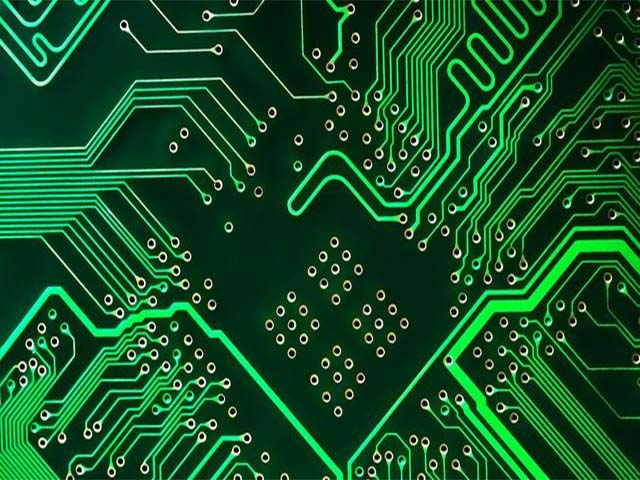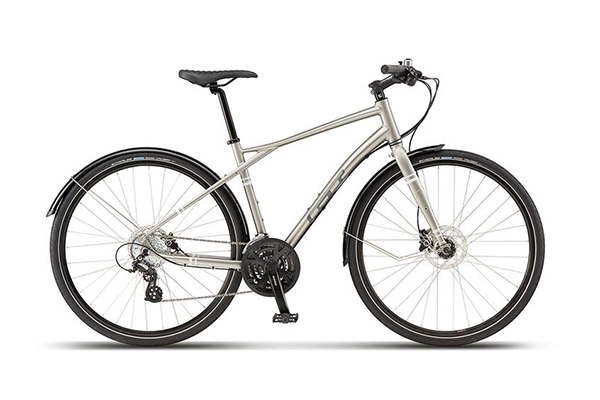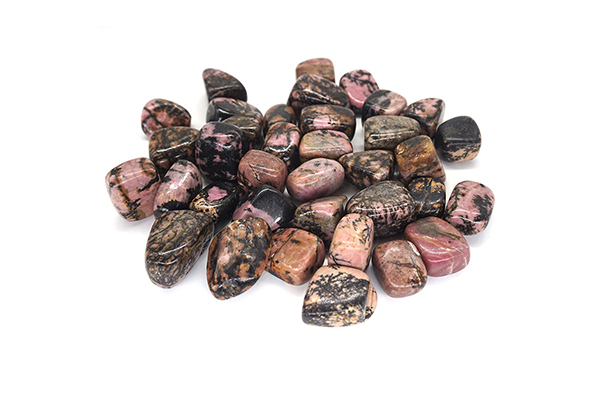Printed circuit boards (PCBs) are an essential component of modern electronic devices, serving as the backbone for connecting and powering various components. The PCB material chosen can have a significant impact on the performance, cost, and overall success of a project.
In this post, we will compare and contrast two popular PCB materials: 370HR and FR4. We will discuss the key properties and characteristics of each material, as well as their advantages and disadvantages. By the end of this post, you will have a better understanding of how to choose the right PCB material for your next project.For more PCB manufacturers information,visit eashub.com.
Overview of 370HR PCB Material
370HR is a type of high-performance PCB material that is known for its high thermal stability and good electrical insulation properties. It is made of a combination of glass fabric and epoxy resin, with a flame-retardant additive included to improve safety.
One of the main advantages of 370HR is its ability to withstand high temperatures without losing its structural integrity or electrical performance. This makes it an ideal choice for applications that generate a lot of heat, such as power electronics and high-frequency circuits.
In addition to its high thermal stability, 370HR also offers good mechanical strength and excellent dimensional stability. This helps to ensure that the PCB remains stable and performs consistently over time.
Overview of FR4 PCB Material
FR4 is a type of standard PCB material that is made of a combination of glass fabric and epoxy resin. It is a low-cost and widely available option that is commonly used in a variety of electronic applications.
One of the main advantages of FR4 is its low cost and widespread availability. This makes it an attractive option for projects with tight budgets or high volume production runs.
In addition to its cost-effectiveness, FR4 also offers good mechanical strength and excellent dimensional stability. It also has a good electrical insulation properties and widely used in the PCB industry.
Comparison of 370HR and FR4 PCB Materials
When comparing 370HR and FR4, it is important to consider several key properties, including thermal stability, electrical insulation, and cost.
In terms of thermal stability, 370HR is the clear winner. It can withstand higher temperatures without losing its structural integrity or electrical performance, making it ideal for high-heat applications.
In terms of electrical insulation, both 370HR and FR4 offer good properties. However, 370HR is a little bit better in this aspect.
When it comes to cost, FR4 is the more affordable option. It is widely available and can be purchased at a lower cost per square foot than 370HR.
Additionally, 370HR is more durable and reliable than FR4 and has a better dimensional stability and can withstand high mechanical stress.
Conclusion
In conclusion, both 370HR and FR4 are popular PCB materials with their own unique advantages and disadvantages. 370HR offers high thermal stability and good electrical insulation properties, making it an ideal choice for high-heat applications. On the other hand, FR4 is a more cost-effective option that is widely available and suitable for a variety of electronic applications. Ultimately, the choice between the two materials will depend on the specific requirements of your project and the trade-offs you are willing to make in terms of cost and performance.
When choosing the right PCB material for your project, it’s important to consider the specific requirements of your application and weigh the pros and cons of each material. A good understanding of the properties and characteristics of different PCB materials will help you make an informed decision and ensure the success of your project.
This post is a general guide, and it is recommended to consult with experts in the field before making a final decision on the PCB material for your project. Additionally, it’s important to keep in mind that new materials and technologies are constantly being developed and may offer even better performance and cost-effectiveness.
In terms of specific applications, 370HR is commonly used in power electronics, high-frequency circuits, and other applications that generate a lot of heat. On the other hand, FR4 is more commonly used in general electronic applications such as consumer electronics, automotive, and industrial control systems.
It’s also worth noting that there are other PCB materials available in the market with similar properties and characteristics as 370HR and FR4, such as Teflon, Rogers, and Polyimide. It’s important to research and compare all the options before making a final decision.
In summary, the choice between 370HR and FR4 PCB materials will depend on the specific requirements of your project and the trade-offs you are willing to make in terms of cost and performance. Both materials have their own unique advantages and are suitable for different applications, so it’s important to carefully consider all the options before making a final decision.
Additional resources and references




